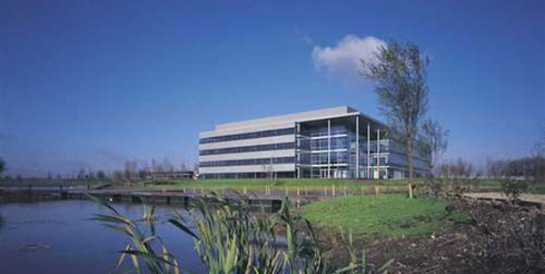Nonviolent Employment
Since I’ve begun looking back on past experiences through the lens of Nonviolent Communication, I have come to see this philosophy as permeating many of the policies and decisions with which I’ve been involved over the years.
I’ve written most recently about a needs-based approach to managing projects, and the congruence of that approach with nonviolent precepts.
Only since reflecting on that post have I noted a similar nonviolent thread within the employment policies we had at Familiar.
Voluntary Assignment
“Accept the fact that we have to treat almost anybody as a volunteer.”
~ Peter F. Drucker
Everyone working with Familiar had the freedom to decide which assignments they wanted to work on, and which not. Folks could, at any stage (well, in practice at Sprint boundaries) opt in or out of working on something that was already in progress.
This meant that work had to be in some way attractive, literally. And yes, sometimes this meant we as a company turned away potential business because no one found it attractive enough to commit to working on it.
In NVC terms, if a piece of work did not meet someone’s needs, they were under no obligation to spend time on it.
Status
Everyone had the choice of how they wished to engage with the company. This meant they could consider what they needed – most obviously, in terms of security and continuity of engagement. The options ranged, in practice, from independent subcontractor, through contractor, employee and on to e.g. indentured serf.
And this was flexible, in that someone could change their status as and when they saw fit. In NVC terms, people could make direct, specific, and actionable requests as to the way in which they wanted to engage with the company, at any given time, contingent upon their needs as they saw them.
Compensation
Everyone was free to set their own rate or salary. At the time this was an idea borrowed from i.e. Semco and St Luke’s and rationalised via Transactional Analysis. By which I mean that we wanted a community where everyone could learn how to relate to each other as adults. Who can know what someone’s income / salary / fee needs are better than that person themselves? Indeed, can anyone ever have even an inkling of the personal circumstances of someone else? If not, how could it ever be possible to meet those needs?
Kit
Everyone was free to choose their own equipment, supplied by the company if that’s what they wanted (needed). They were also free to choose their own development tools (editors, repositories, etc), hours of working, and place(s) of work. Whatever best met their individual needs.
Reflections
With the benefit of hindsight, I can see some close parallels between the policies we evolved at Familiar, and the precepts of Nonviolent Communication. I feel sure that these parallels – and in particular the almost accidental focus on folks’ needs, and their subsequent making of requests – contributed much to the wonderful working environment and sense of community at Familiar.
I believe too that the policies described here are the natural evolution of the basic idea that is McGregor’s “Theory Y” (not that we had any managers in Familiar).
– Bob
Further Reading
Open Minds ~ Andy Law
Sociocracy – Wikipedia entry
Holacracy – Website
Holocracy – Definition









